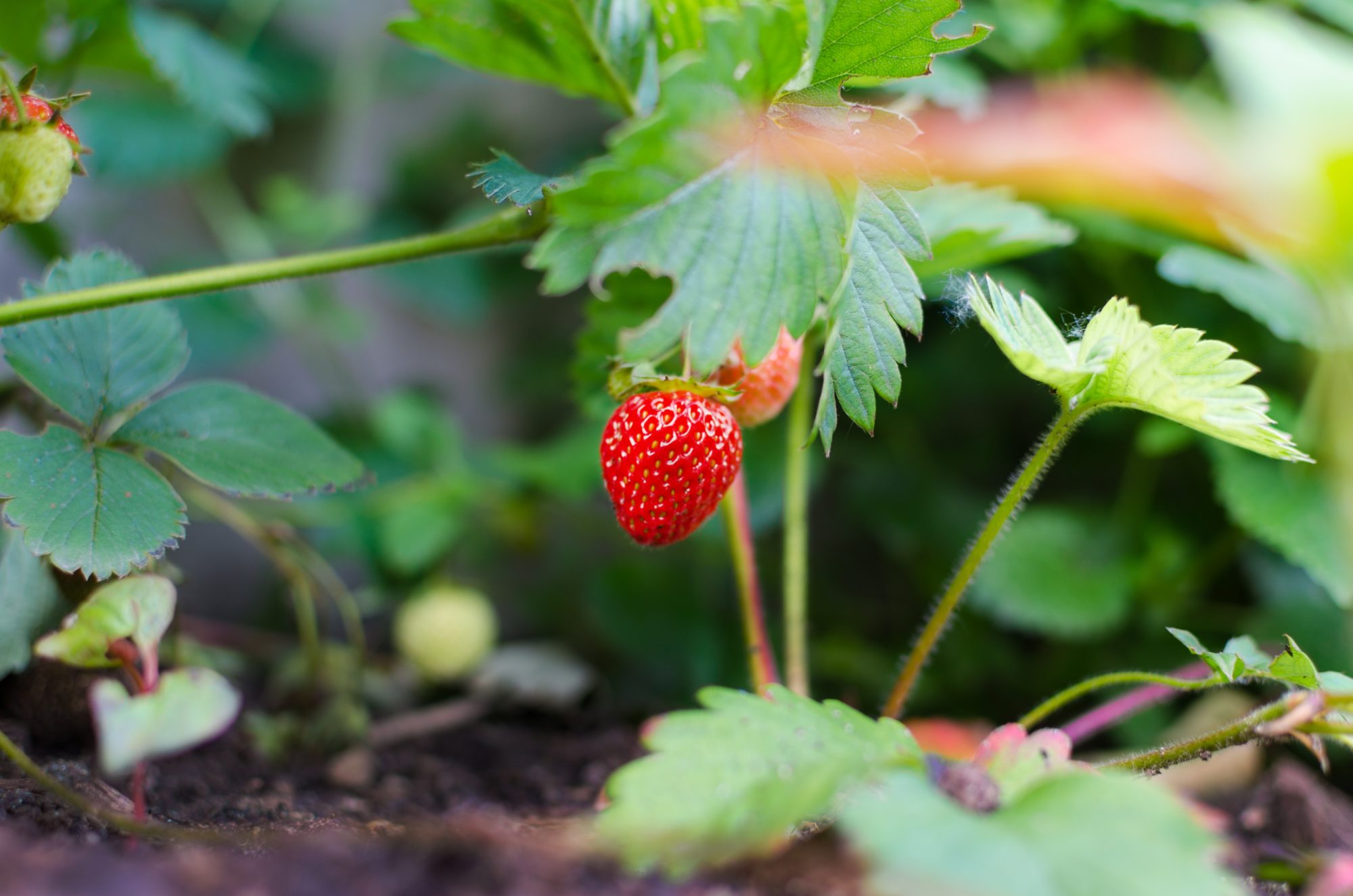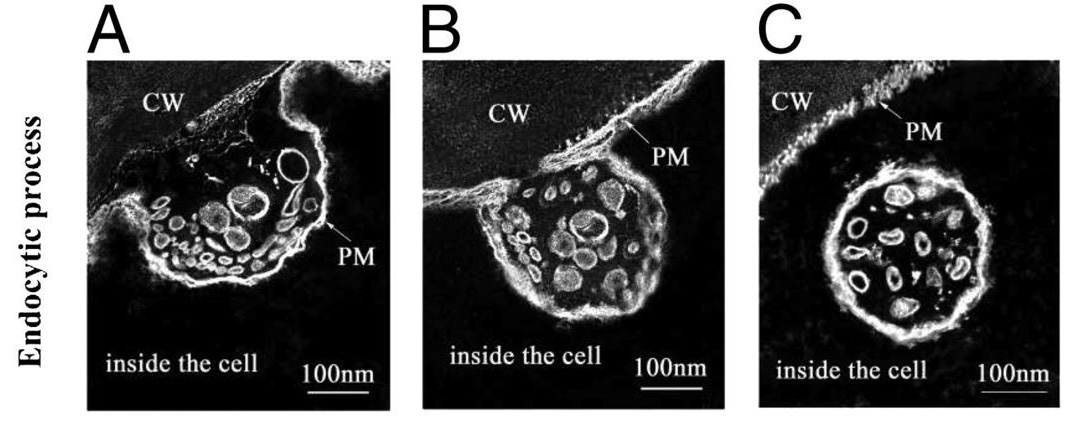Everything about foliar feeding & fertilization.
In discussions about foliar feeding, the question often arises whether this cultivation measure makes sense. After all, the absorption of minerals is the work of the roots. That’s right, but the leaves also make a considerable contribution. This is confirmed by scientific research over and over again. The leaves of most plant species are very well equipped for the absorption of water, amino acids, other organic compounds and even whole minerals. In this article I will explain how this works.
In the course of their evolution, plants have developed multiple systems to survive and reproduce successfully under poor conditions. Food intake through the leaves is one of these indispensable backup systems.

